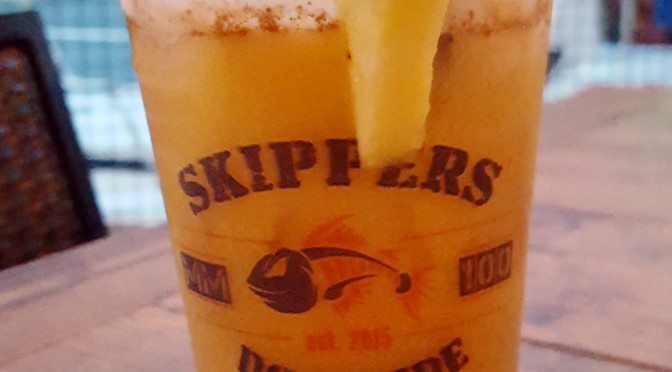Well, the day is here! Today we begin the Key West Tour.
It’s been busy, what with Thanksgiving and family and then making final preparations for the tour. But today all the planning is done, and we are off on our newest adventure! We both wake early and are eager to begin.
First up, I need to pack the car. We will be driving to our starting point in Key Largo. So all our luggage goes into the car, and the trikes get loaded on the back. The Hitchrider Rack does a great job transporting the trikes on the back of the car. But frankly, loading the rack on the car, and the trikes on the rack, is a bit of a pain.
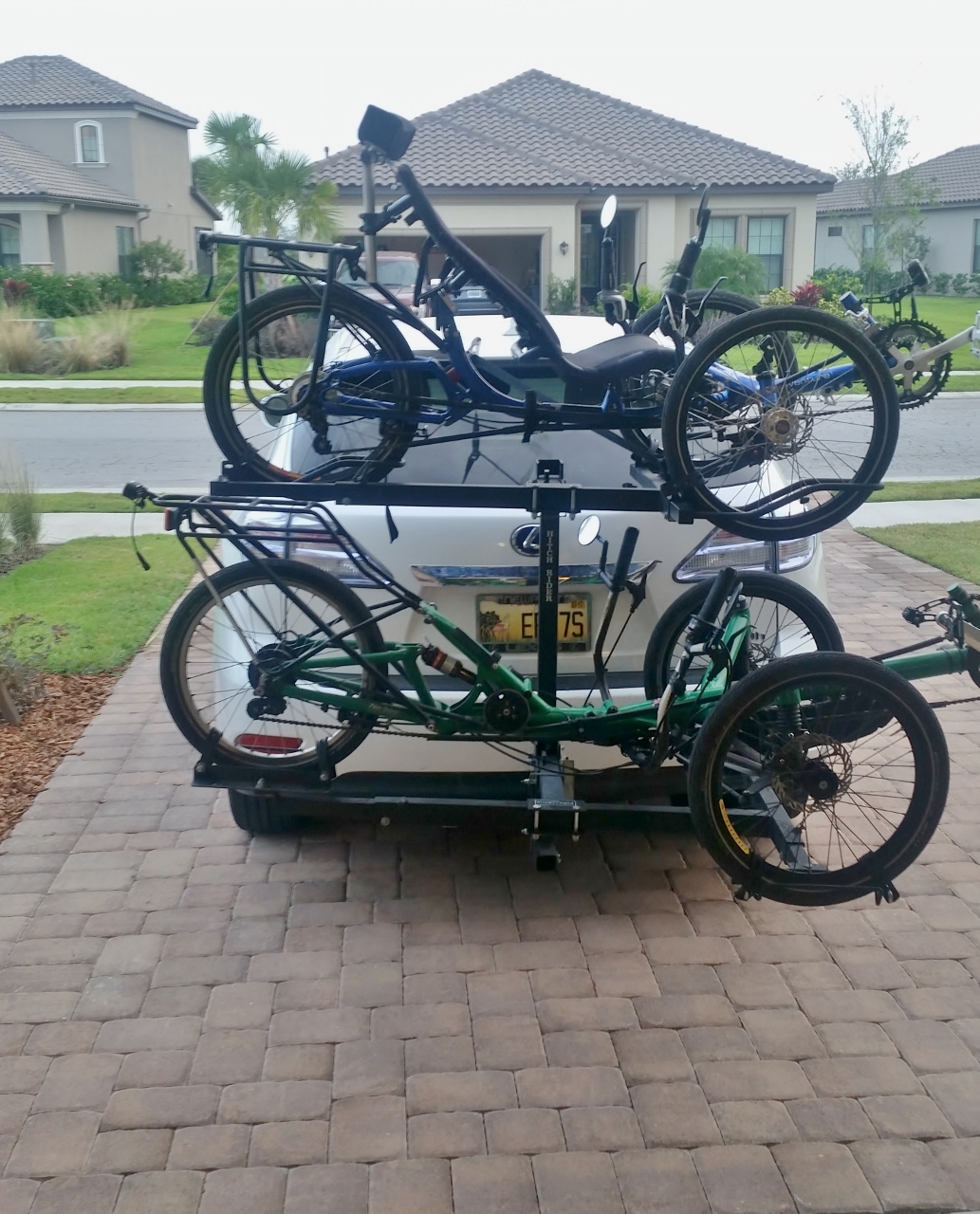
We are leaving Mac at home for this trip. This was a difficult decision, as he has never been away from us for more than a few hours before. But I was a little apprehensive about pulling the trailer on Route 1, and finding places where we could stay with him was awkward. We have arranged for our neighbors to look in on him 3-4 times each day, and to spend some time with him, so he will be OK. Still, it’s a sad good-bye to Mac when we finally pull away from the house.

There are a couple of ways to cross the South Florida Peninsula. The quickest, and the usual choice, is to follow ‘Alligator Alley’, the I75 east from Naples to the western suburbs of Ft. Lauderdale, then head south from there. We’ve driven this route before – its easy, but frankly, a little boring.
One of our neighbors told us about a more interesting alternative route. Just past Naples on the I75, head south on SR29 towards Everglades City, then take Highway 41 East. This leaves you on the east coast, a little further south, just outside Miami. It adds about 20 minutes to the trip, but we thought it might be a more interesting alternative.
No matter which route you choose to cross south Florida, you end up driving through The Everglades. If you have never been though The Everglades, you need to check it out. It is a fascinating place. Really, it’s the only place like it in the world, and is well worth your time to explore a bit. The Everglades are essentially a huge watershed – starting as far north as Orlando, water drains into Lake Okeechobe. In the rainy season, when the lake overflows, that water all drains slowly through The Everglades and into Florida Bay.
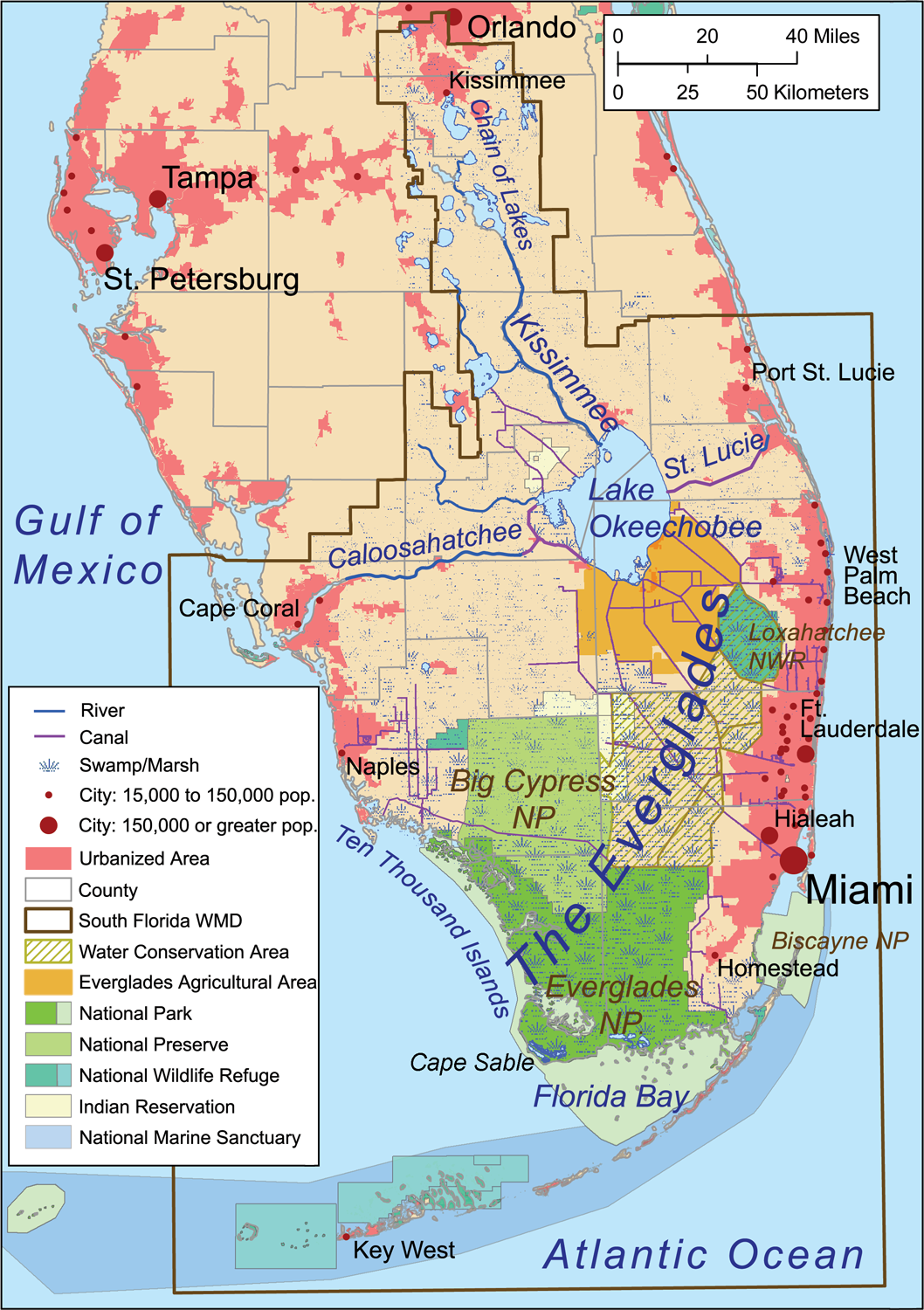
Driving through, most of what you can see from the road is lots of swampy scrub grass. This is the Sawgrass Prarie – the predominant feature of the Everglades.
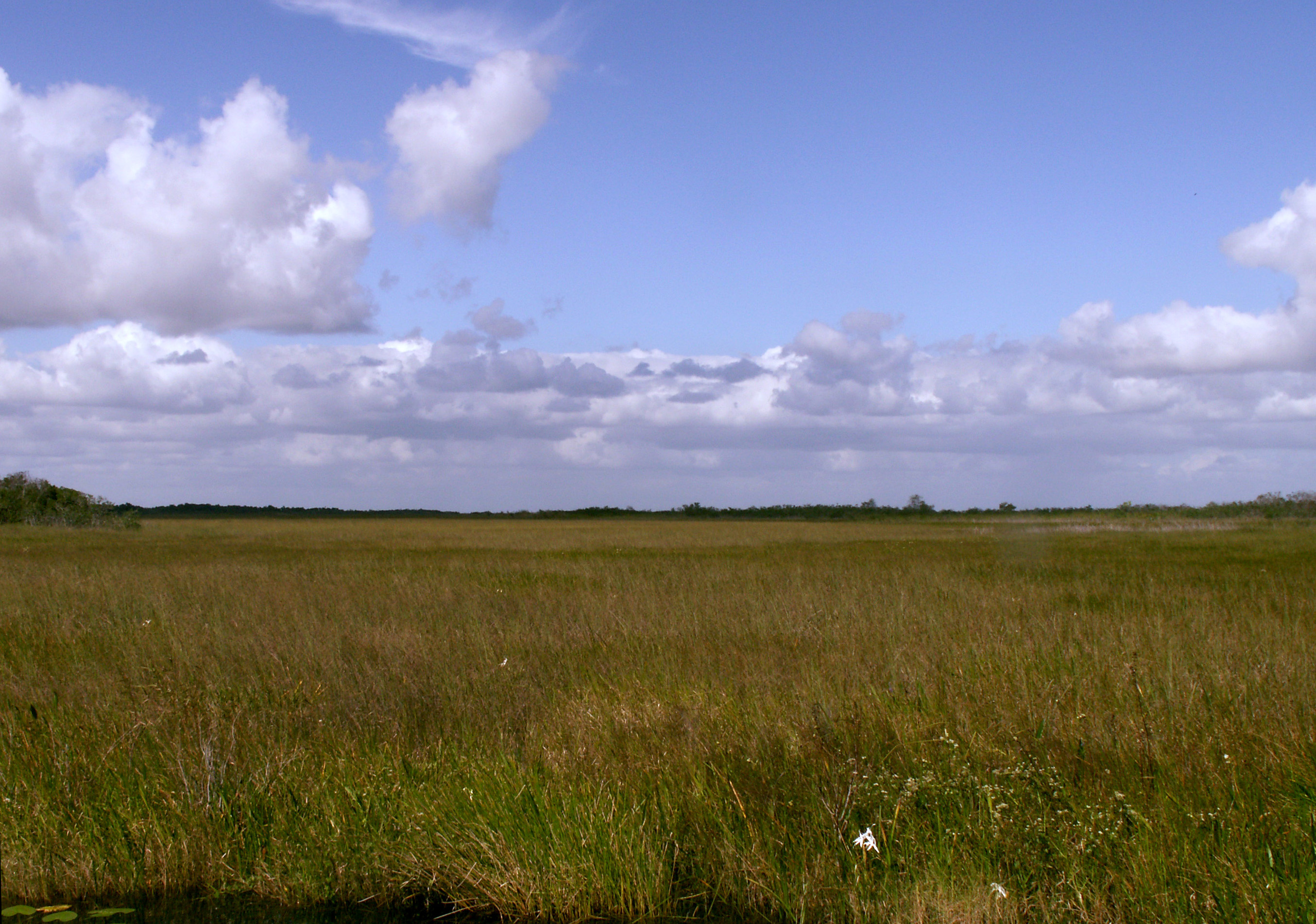
This route takes us right through the middle of the South Florida’s Panther Preserve. These animals once populated the entire southeast part of the united states, but now are restricted to only a few areas in south Florida. They are highly endangered. Wildlife experts estimate that there are only about 100-180 adults remaining.
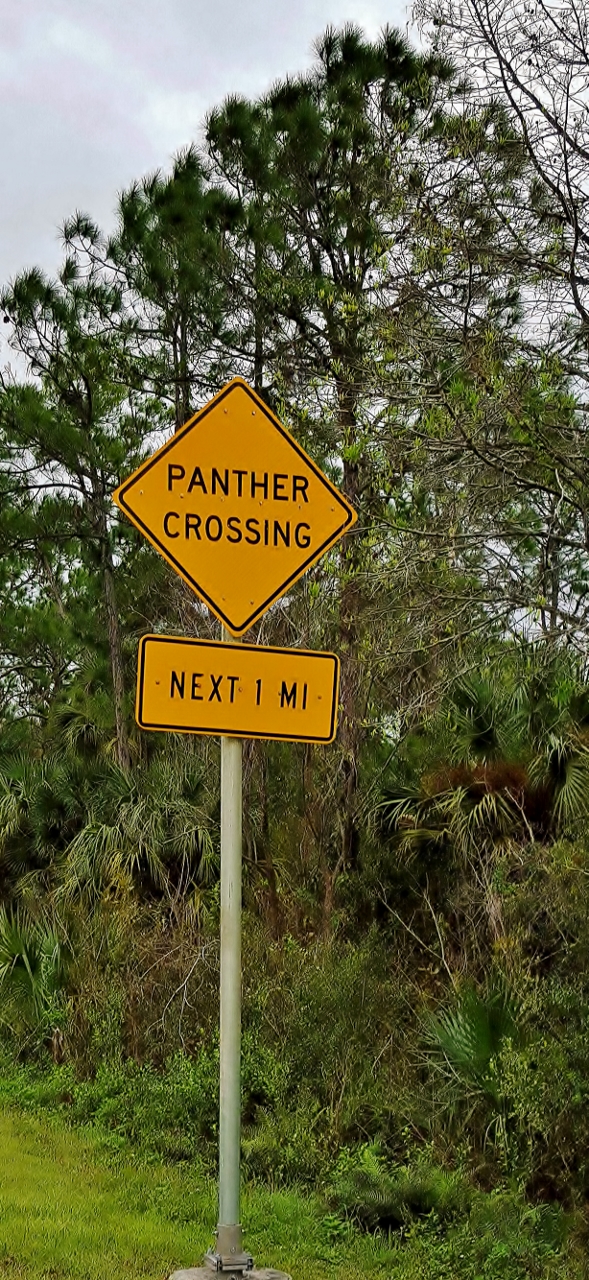
We hoped we would spot a panther on our trip, but sadly we did not. We did spot the signs and the detection systems that the state installed to protect panthers from being run over. The roads here make it a dangerous place for the big cats, with vehicle collisions one of the leading causes of death. In 2009, 17 panthers—a record high—were killed while crossing roads, and in 2010, 16 panthers met a similar fate. To make the state’s roads safer and keep this big cat on the path to recovery, the Florida Department of Transportation in 2011 installed a roadside animal detection system (RADS) along 1.3 miles of a particularly deadly stretch. The system uses solar-powered sensors to detect when large animals, such as panthers, are close to the road. The system then alerts drivers to slow down with bright, flashing LED lights on six roadside warning signs. We saw the signs flashing – but no panthers.
As we drove, we began to get a little rain. At first just a few sprinkles on the windshield, but then a few more, then a little harder, and finally actual pouring rain. We drove in and out of rainstorms all the way across.
Highway 41 takes us past the southern edge of the Big Cyprus National Preserve, so we stopped in for a bathroom break and to check it out. Big Cypress National Preserve was created in 1974, to protect the water quality, natural resources, and ecological integrity of the Big Cypress Swamp. The Preserve encompasses about 729,000 acres of a freshwater swamp ecosystem, offering refuge to a variety of plants and animals. Plants and animals in the Preserve are protected from unauthorized collection.
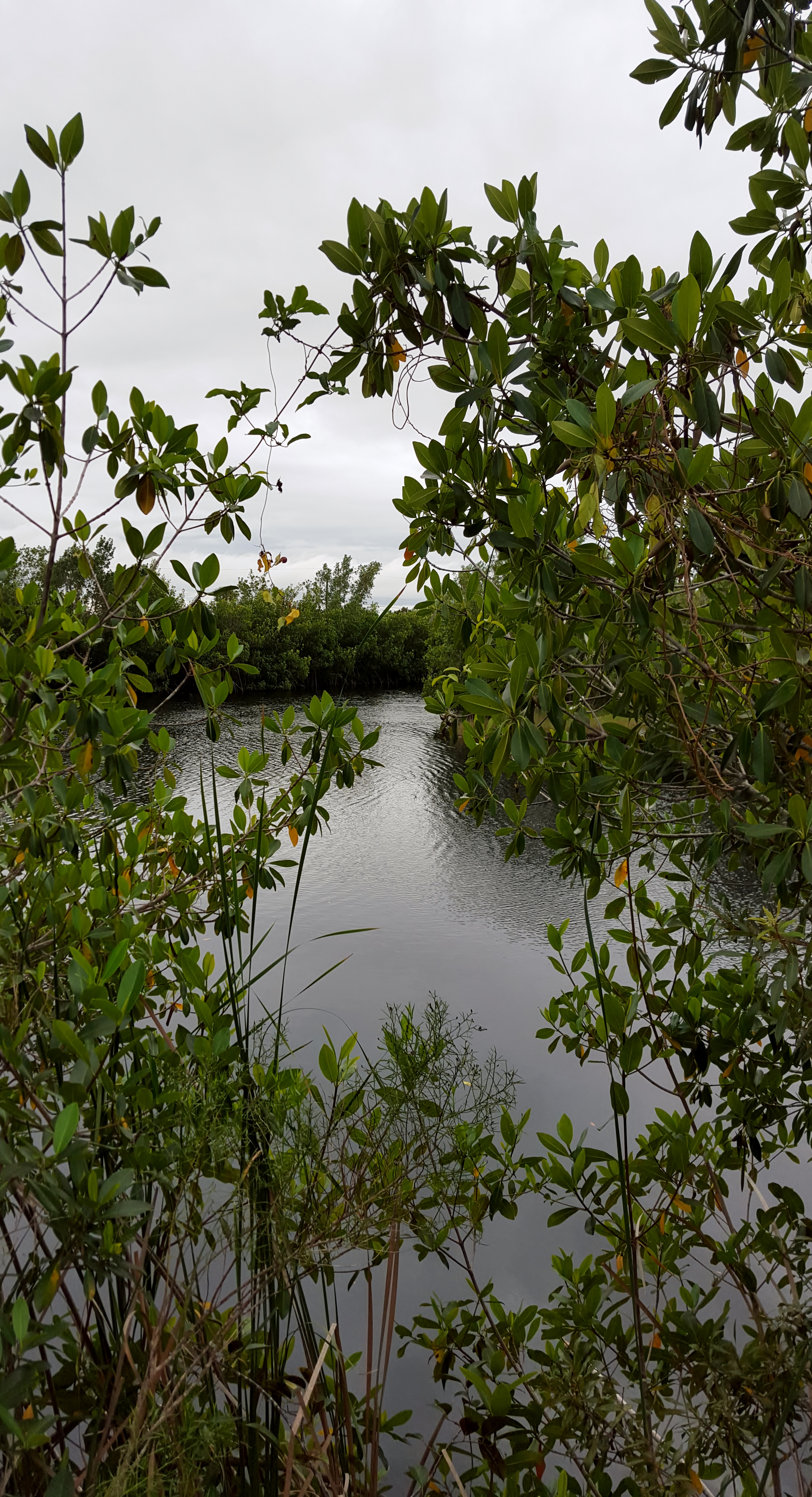
We continue eastward on Highway 41. The road has a usable shoulder, and we pass several campgrounds along the way. It occurs to me that it would probably be possible to cycle through The Everglades on this road. Perhaps this will be the destination for another winter time tour here in Florida sometime soon!
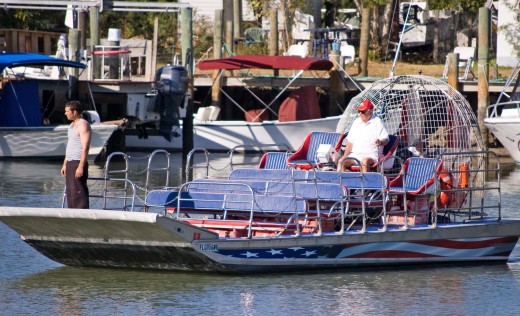
Soon enough we emerge from the undeveloped interior of the Florida Peninsula, and enter the crowded Miami area. We catch the Florida Turnpike and head south toward the Keys. Once we reach Homestead, we get onUS Route 1 that will take us all the way to Key West.
The rain continues to come and go, but it has rained really hard a few times. Once we get to Key Largo we find our hotel for the night – The Marriott Courtyard. Happily, it has covered parking, so we can leave the trikes out of the rain overnight.
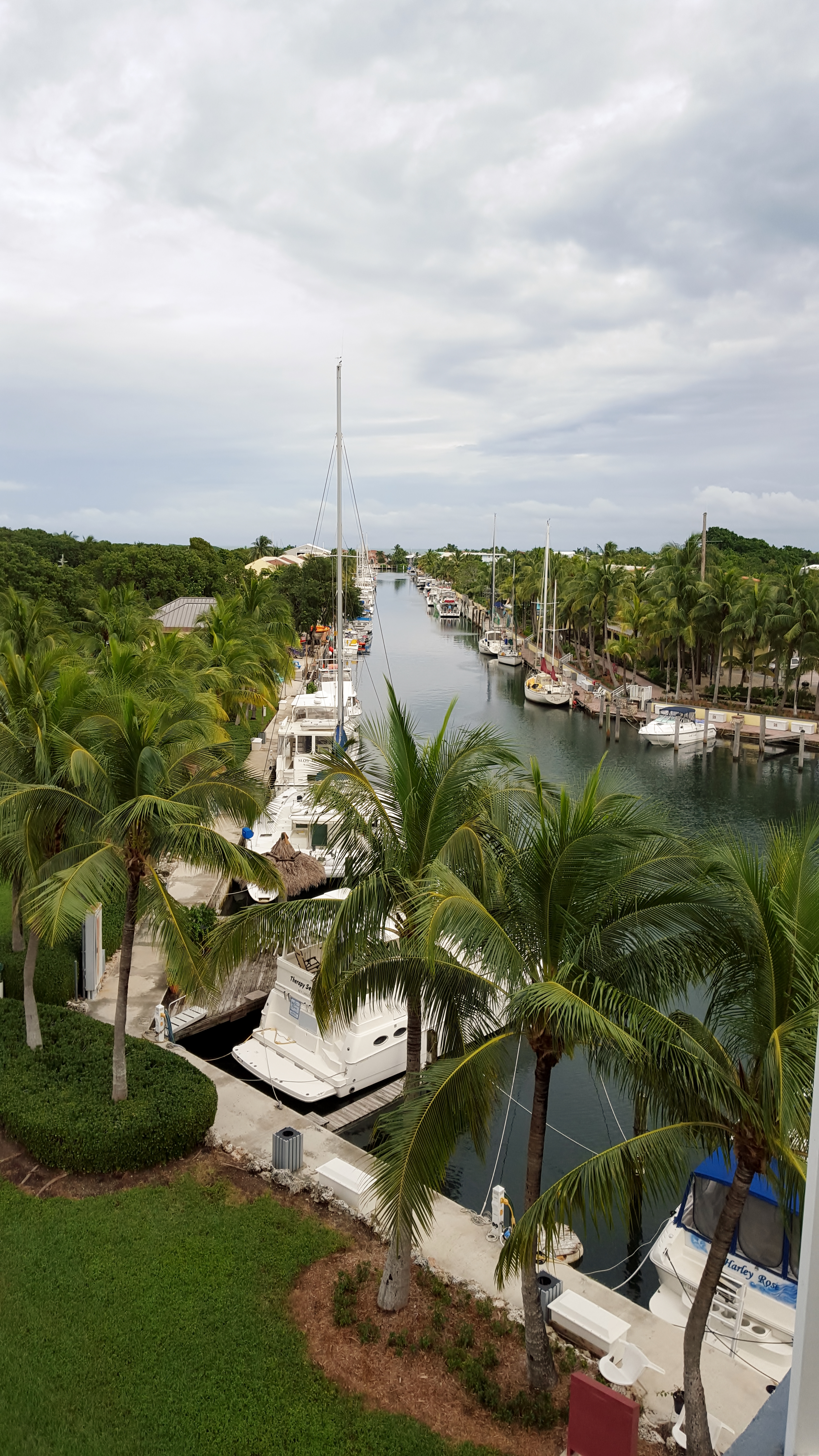
Directly across the canal from our hotel, we find the docking space for The African Queen. We have all seen the famous 1951 film with Humphrey Bogart and Catherine Hepburn. But did you know that the real boat used in the film is docked in Key Largo? Neither did we – but there she was!
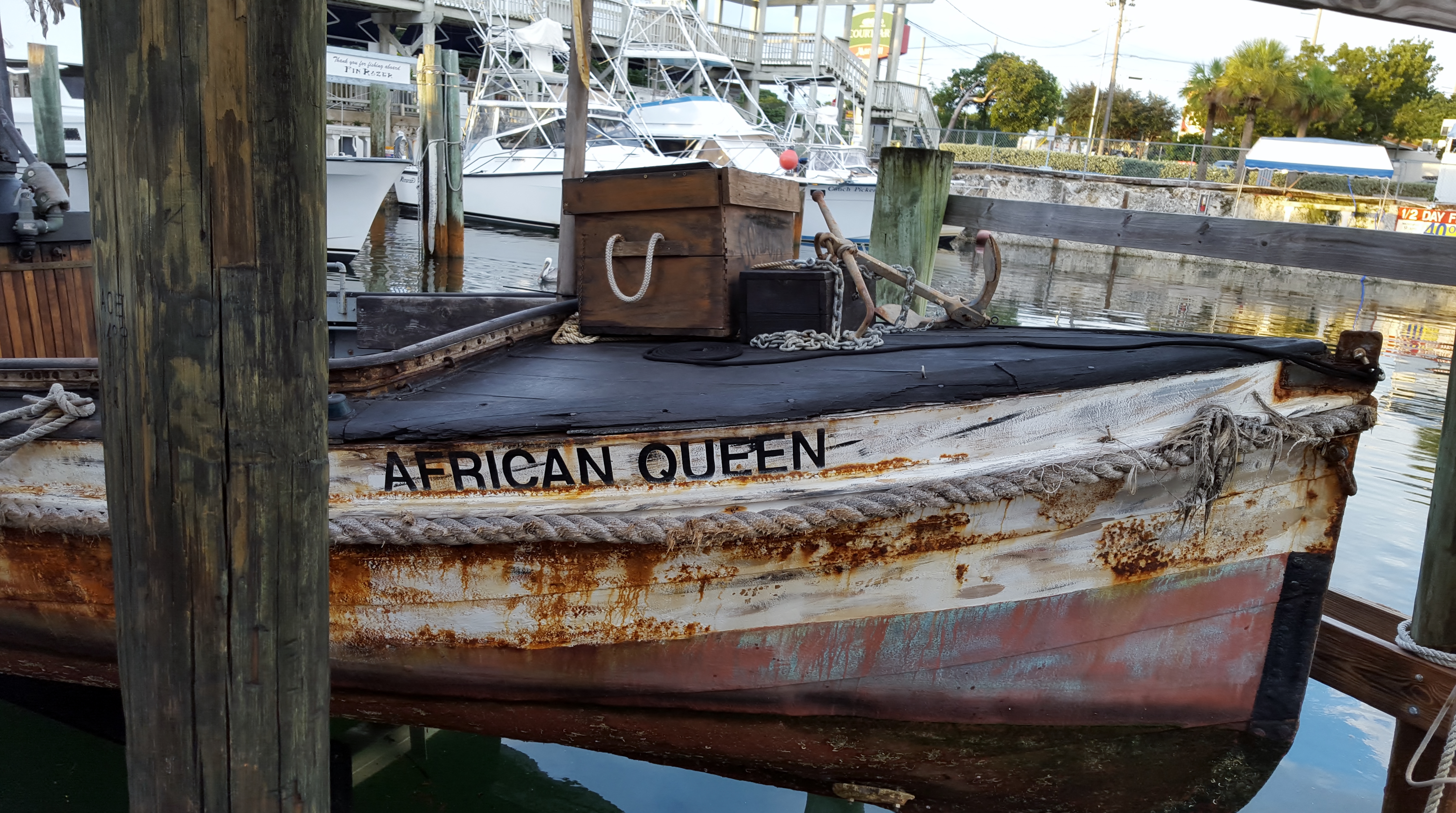
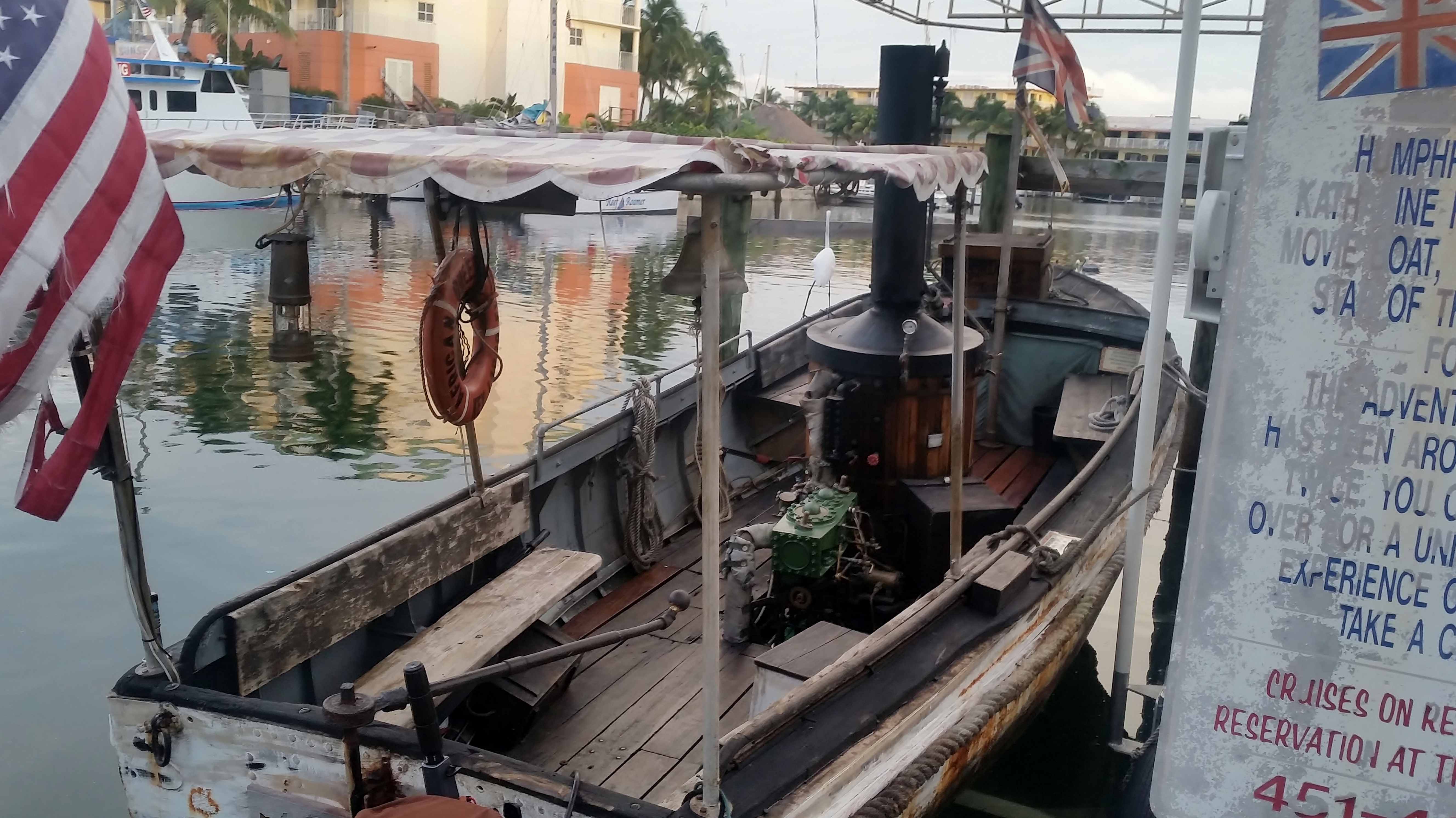
The African Queen was built in Lytham, England in 1912 for service in Africa for the East Africa British Railways company. She was used to shuttle cargo, missionaries and hunting parties across the Victoria Nile and Lake Albert which was located on the border between the Belgian Congo and Uganda. In 1951 she starred in the famous movie directed by John Huston. Afterwards she remained in service in Africa until 1968 when she was brought to the United States working in San Francisco, Oregan and Florida. She has been the pride and joy of Key Largo since 1982, where she is registered as a National Historic site and in 2012 celebrated her centennial year.
The rain continues to fall as we find our way to Skipper’s Dockside Restaurant – very near our hotel – for a fun meal and some delicious drinks on a dock overlooking the marina. A good way to end the day!
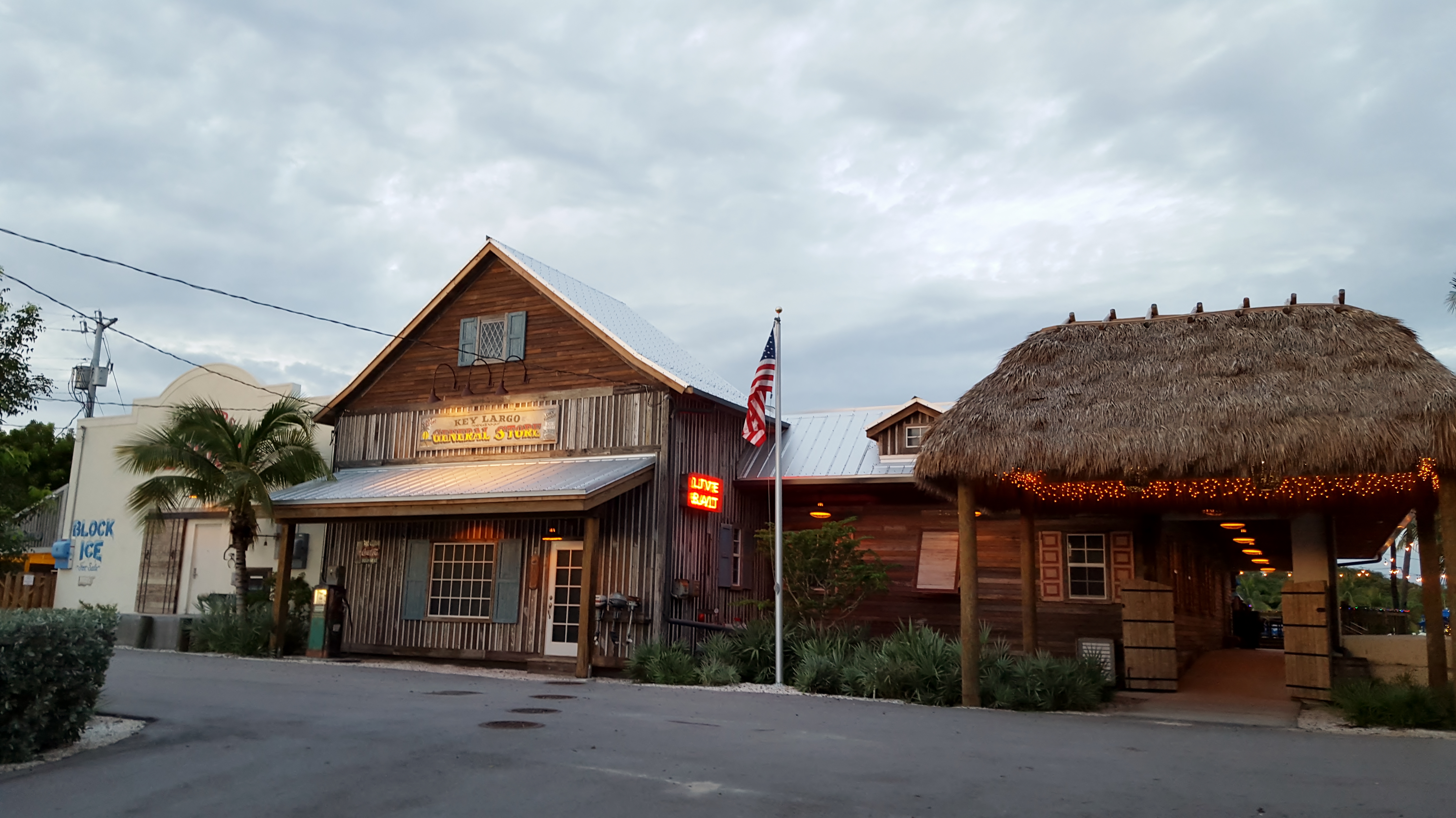
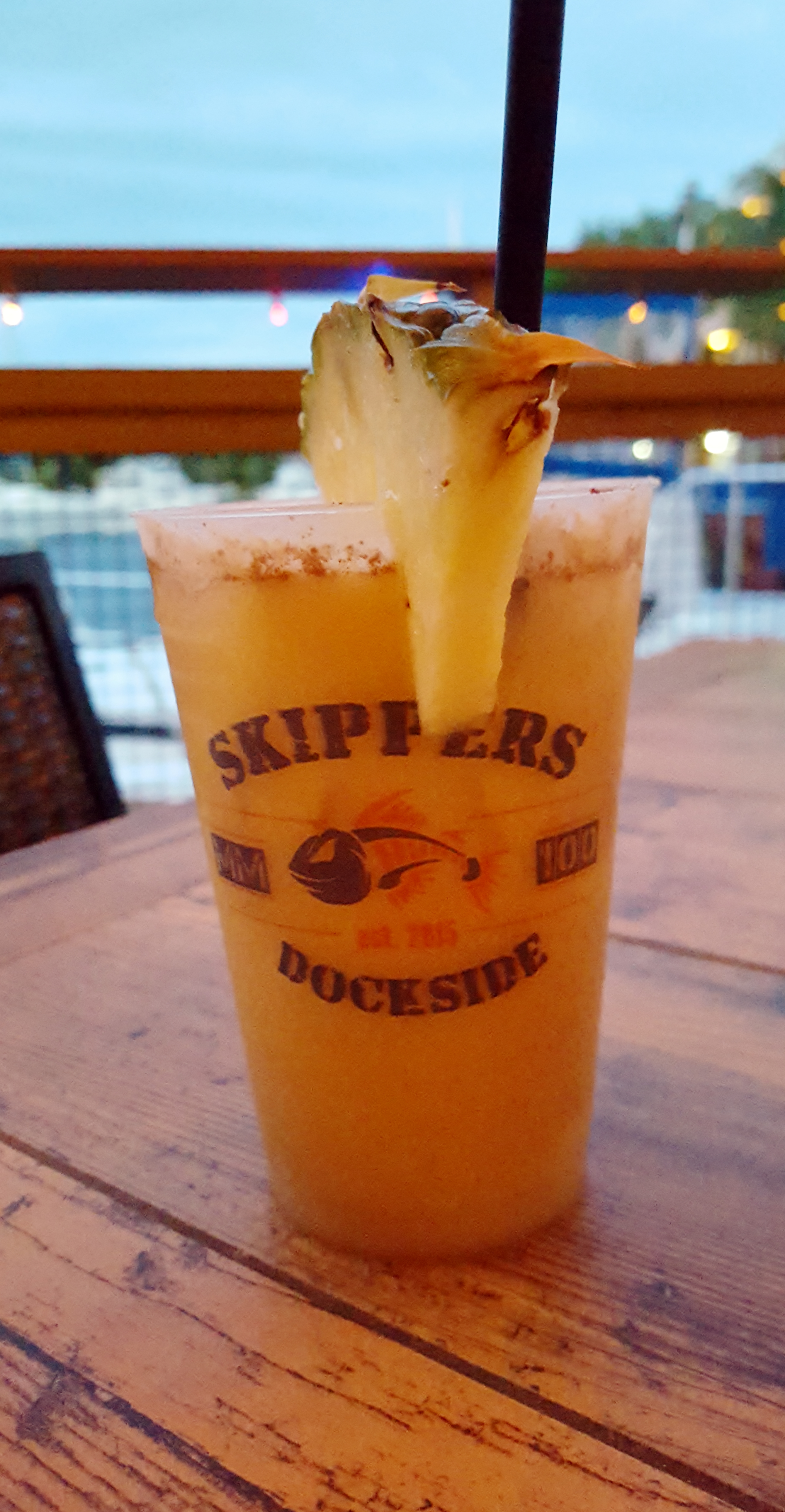
Our newest adventure has officially started! Now, if only it would stop raining…..

